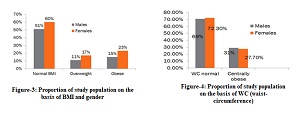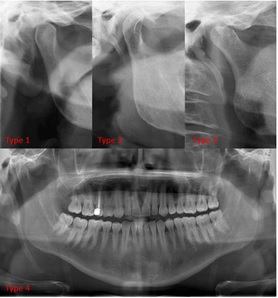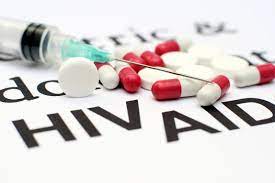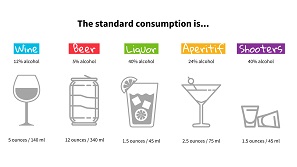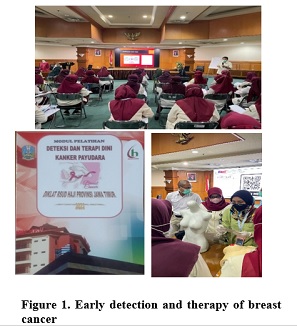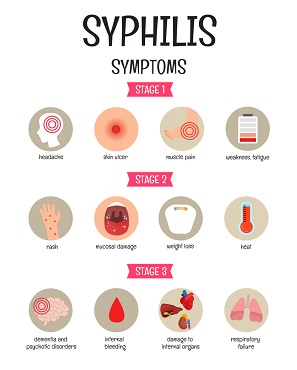ENVIRONMENTAL QUALITY FACTORS AND DENSITY OF ANOPHELES LARVAE AGAINST MALARIA ENDEMICITY IN INDONESIA. A SYSTEMATIC REVIEW
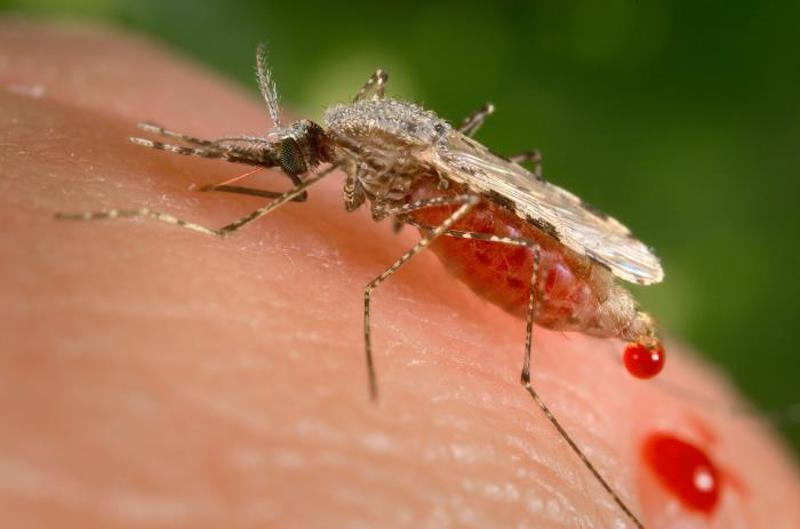
Downloads
Malaria is still a serious problem of health in tropical and subtropical climates. The potential for malaria has become a global concern with increasing morbidity and mortality rates. Millions of people die every year, and 80% of them occur in children. Indonesia is included in the highest level of malaria excess in the world, after India in 2020. In 2021, malaria in Indonesia reached 94,610 cases. Of 34 provinces in Indonesia, 31 provinces still have confirmed cases of malaria. Malaria is caused by the female Anopheles mosquito containing plasmodium. Anopheles mosquitoes have preferred behavior in the process of breeding, resting, and biting, according to the environmental conditions of their habitat. Therefore, this literature discusses several environmental quality factors (temperature, humidity, rainfall, wall conditions, gauze wire on ventilation, ceiling of the house, presence of bushes, and presence of standing water) and the density of Anopheles larvae on the incidence of malaria. This research was conducted in the form of a literature review using the Sinta database as reference material. Based on a study of 16 scientific journals, there were 11 scientific journals regarding significant risk factors for the incidence of malaria and 5 journals regarding Anopheles larvae density.Malaria is still a serious problem of health in tropical and subtropical climates. The potential for malaria has become a global concern with increasing morbidity and mortality rates. Millions of people die every year, and 80% of them occur in children. Indonesia is included in the highest level of malaria excess in the world, after India in 2020. In 2021, malaria in Indonesia reached 94,610 cases. Of 34 provinces in Indonesia, 31 provinces still have confirmed cases of malaria. Malaria is caused by the female Anopheles mosquito containing plasmodium. Anopheles mosquitoes have preferred behavior in the process of breeding, resting, and biting, according to the environmental conditions of their habitat. Therefore, this literature discusses several environmental quality factors (temperature, humidity, rainfall, wall conditions, gauze wire on ventilation, ceiling of the house, presence of bushes, and presence of standing water) and the density of Anopheles larvae on the incidence of malaria. This research was conducted in the form of a literature review using the Sinta database as reference material. Based on a study of 16 scientific journals, there were 11 scientific journals regarding significant risk factors for the incidence of malaria and 5 journals regarding Anopheles larvae density.
Copyright (c) 2022 Fitni Hidayati -

This work is licensed under a Creative Commons Attribution-ShareAlike 4.0 International License.
- The journal allows the author to hold the copyright of the article without restrictions.
- The journal allows the author(s) to retain publishing rights without restrictions.
- The legal formal aspect of journal publication accessibility refers to Creative Commons Attribution Share-Alike (CC BY-SA).
- The Creative Commons Attribution Share-Alike (CC BY-SA) license allows re-distribution and re-use of a licensed work on the conditions that the creator is appropriately credited and that any derivative work is made available under "the same, similar or a compatible license”. Other than the conditions mentioned above, the editorial board is not responsible for copyright violation.





















